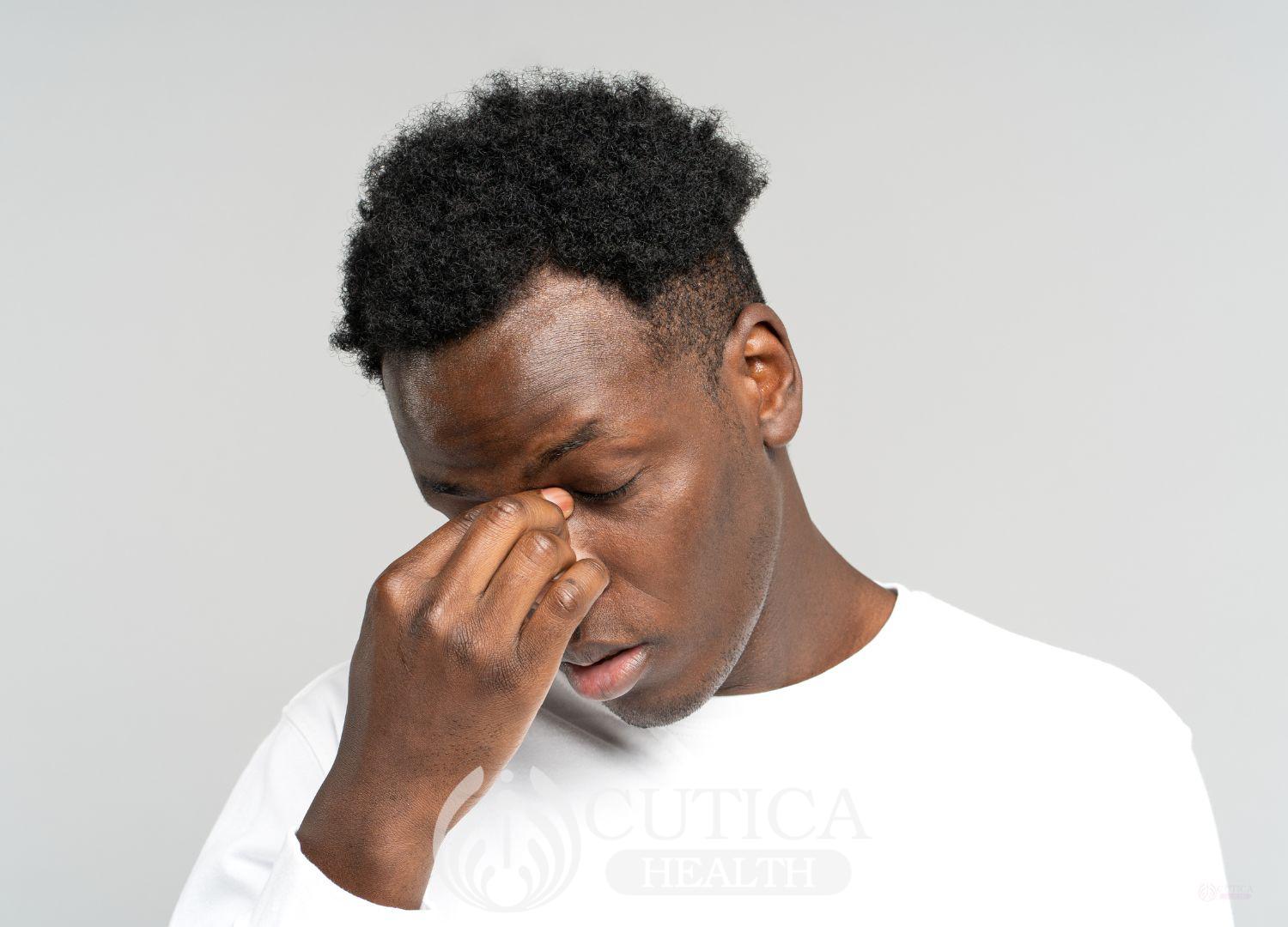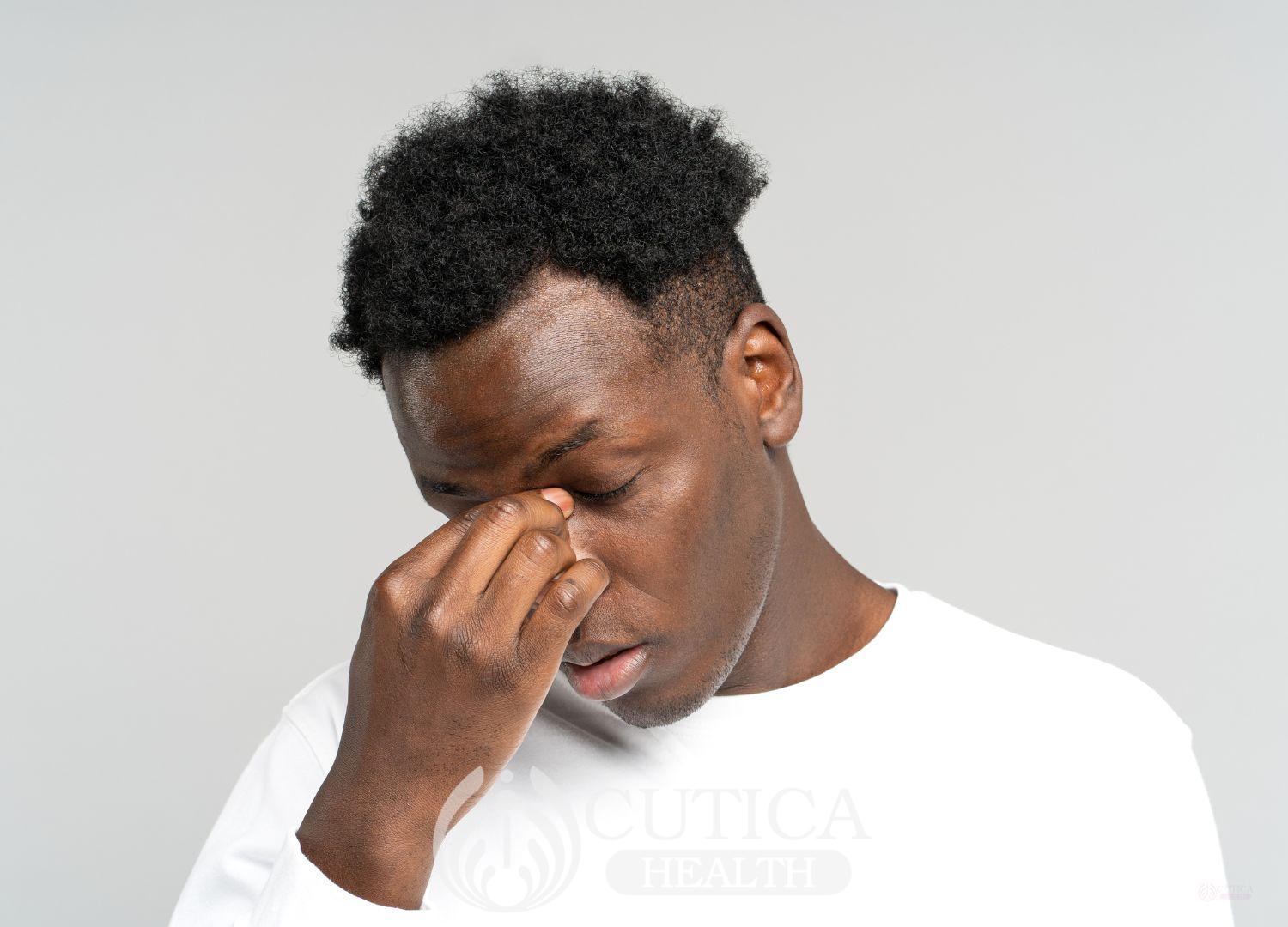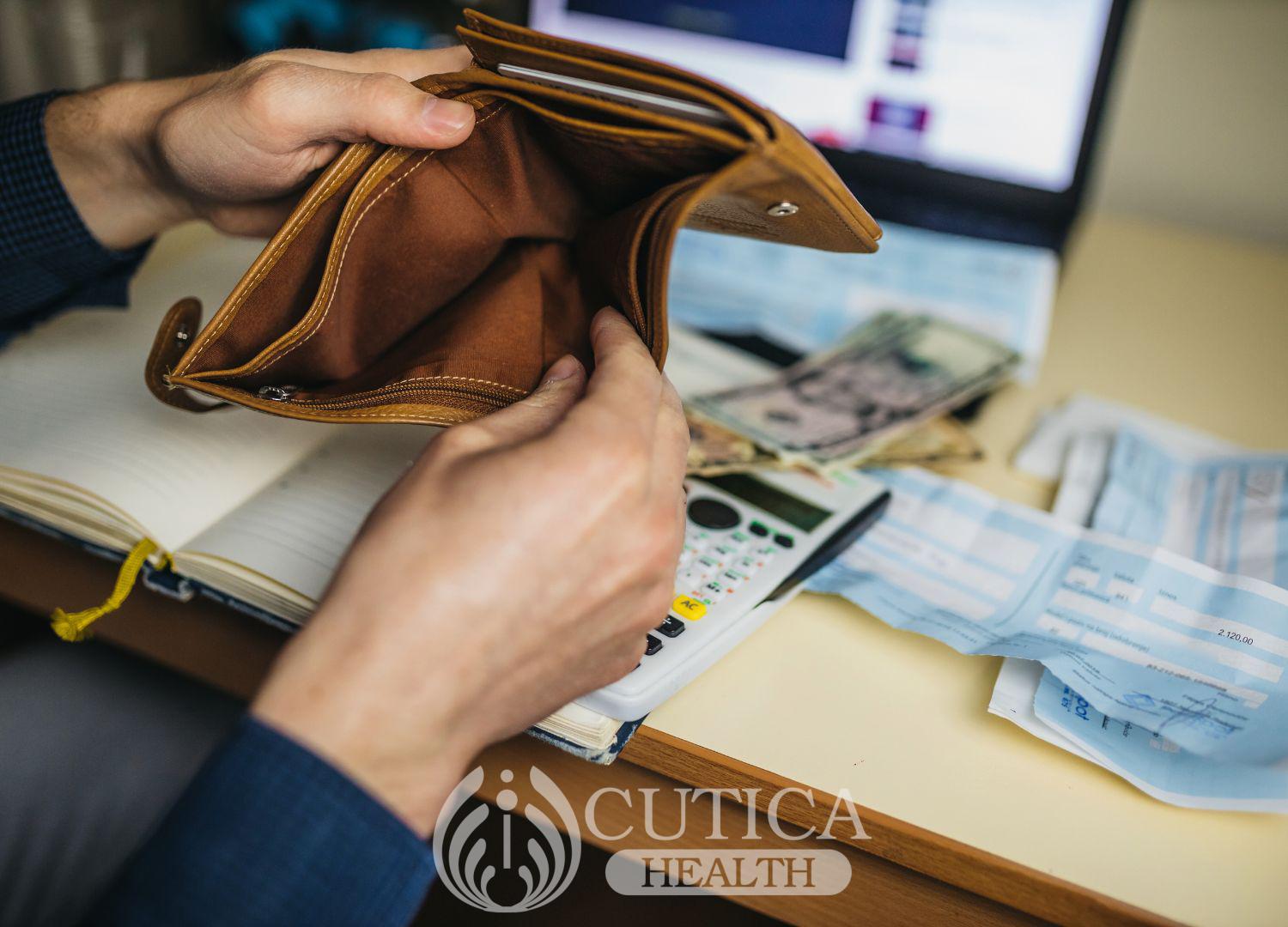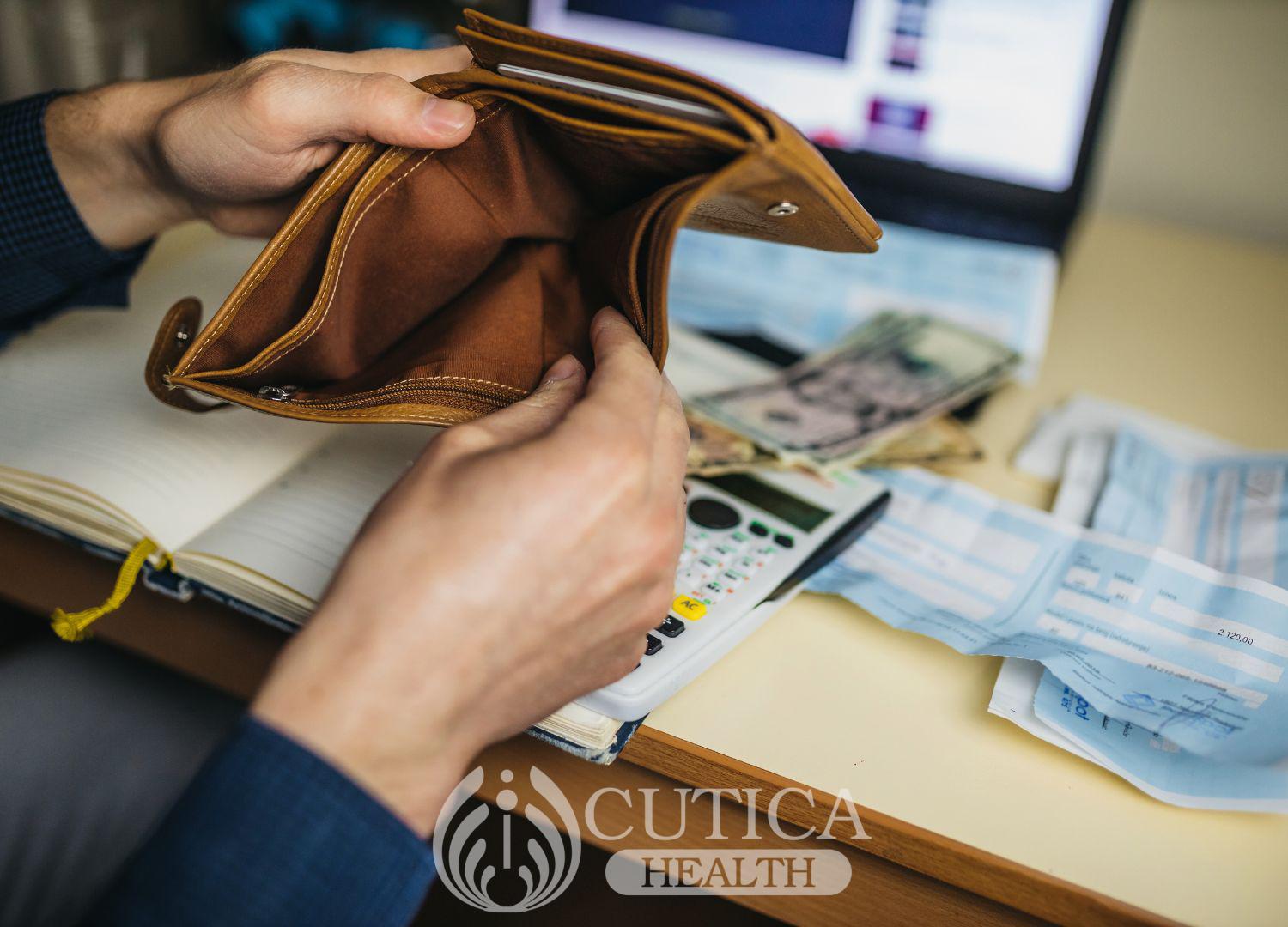The coronavirus pandemic took the world by surprise in early 2020. From a small outbreak of the infection in Wuhan, China to several clusters of the infection around the world, till it exploded into a full-blown pandemic a few months after the first case was detected. Now, over one year after the first case shook the world, drug makers have produced highly effective vaccines that can tackle the virus causing the disease. However, this medical advancement has faced intense scrutiny and skepticism by individuals and groups, with many spreading false reports and propaganda about the coronavirus vaccines, dissuading others from getting the shot, and potentially aggravating the outbreak.
In this article, we address the myths around the coronavirus vaccines with evidence-based facts.
Myth 1: The COVID-19 vaccine is unsafe because it was developed so quickly

Fact: This is false. The COVID-19 vaccine passed through rigorous clinical studies to test its effectiveness and safety. The findings from these studies revealed that the vaccine is safe and highly effective against the coronavirus. These results were further investigated by drug agencies across the world to validate the results. The vaccines are being distributed and administered across the world, and there have been only a few cases of side effects, most of which are minimal.
Myth 2: I will die once I receive the COVID-19 vaccine
Fact: The COVID-19 vaccine does not kill; conversely, it protects you from catching the deadly COVID-19. The vaccine passed through rigorous clinical evaluation to determine its safety. In all the testings done, both in human and animal studies, no death was recorded. The vaccine works by protecting us from the virus. It stimulates our body’s immune cells to mount up a response that can attack the virus if you ever contract it in the future.
Myth 3: The COVID-19 vaccine will alter my DNA
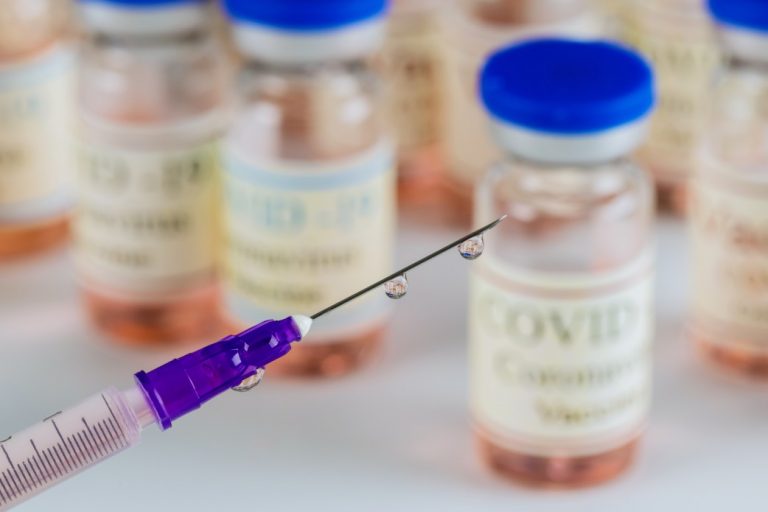
Fact: This myth is predicated on a misunderstanding of the nature of the vaccine. The first vaccines authorized for COVID-19 prevention contain a genetic material called messenger RNA (mRNA). This material instructs our cells to make an exact copy of the “spike protein” found on the coronavirus. The idea behind this is for the body’s immune cells to mount up a response against the spike protein and produce antibodies that will tackle the spike protein if you contract the real coronavirus.
The mRNA does not enter the cell’s core, where the DNA is stored, and the body breaks down and eliminates the mRNA as soon as the body receives the instructions.
Myth 4: The COVID-19 vaccine contains a tracking tool
Fact: Many have propagated rumors that the COVID-19 vaccine comes with a tracking device, with which governments, financial institutions, and tech companies will keep track of our daily activities. However, this is false, too. The vaccine is a liquid substance that is broken down and eliminated once it triggers an immune response.
Myth 5: I’ve recovered from COVID-19, so I don’t need the vaccine
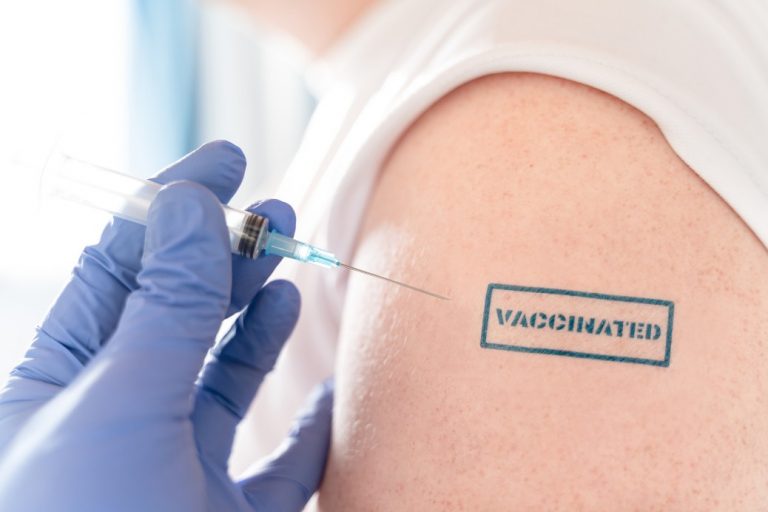
Fact: Being infected with the new coronavirus does not necessarily confer immunity against a re-infection. You could still get re-infected even weeks after recovering from the infection. The immunity which the body gains from an infection varies from person to person and may not be strong enough to protect you from re-infection.
These myths have pervaded social media in the wake of the pandemic, potentially causing people to minimize the health risks of the infection and the importance of the vaccine. Stay guarded with these facts to help you make informed decisions about your health amid this crisis.







